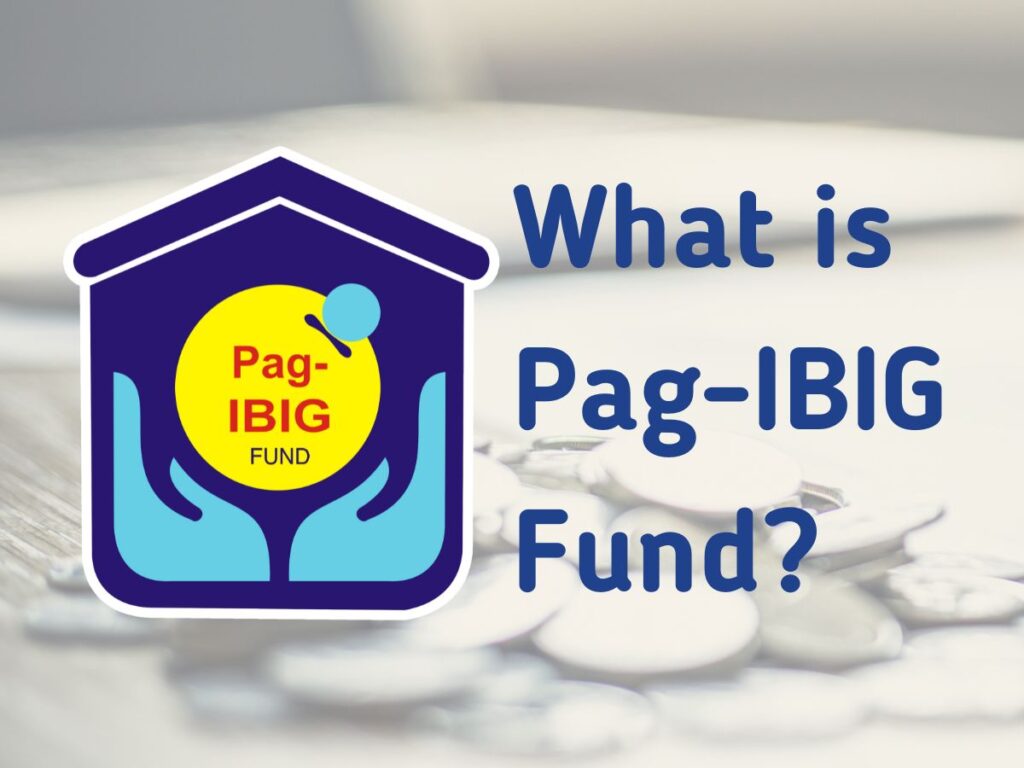The Pag-IBIG Fund is a government-run savings and housing finance program that has been a cornerstone for millions of Filipinos seeking affordable housing and financial security. Formally known as the Home Development Mutual Fund (HDMF), the Pag-IBIG Fund offers a wide range of services, from savings and short-term loans to home financing. Since its inception, it has helped Filipinos, both locally and abroad, achieve their dream of owning a home.
If you’re new to the concept or are unsure how Pag-IBIG can benefit you, this comprehensive guide will walk you through everything you need to know, from how the fund works to how you can make the most of it for your financial goals.
Why You Should Know About the Pag-IBIG Fund
Pag-IBIG Fund is not just a housing loan provider but also a savings mechanism designed to help Filipinos build wealth and financial security. Here’s why understanding Pag-IBIG is essential:
1. Affordable Housing Loans
The Pag-IBIG Fund is best known for its affordable housing loan programs. It provides long-term, low-interest loans that make it easier for Filipinos to purchase homes. Compared to private banks, Pag-IBIG offers competitive interest rates and longer payment terms, which can stretch up to 30 years.
2. Savings Program with Dividends
Apart from home financing, Pag-IBIG also serves as a savings vehicle through its regular savings program and the Pag-IBIG MP2 program. Contributions to the fund earn dividends annually, making it a secure investment option for members looking to grow their savings over time.
3. Accessible to Overseas Filipino Workers (OFWs)
One of the best aspects of the Pag-IBIG Fund is that it’s open to all working Filipinos, including OFWs. This makes it a valuable resource for those working abroad but still planning to invest in properties or save for the future in the Philippines.
How Pag-IBIG Works: A Step-by-Step Breakdown
1. Membership and Contributions
To become a member of the Pag-IBIG Fund, you need to be a Filipino citizen aged 18 to 65 years old. Membership is mandatory for employees earning a basic salary, but voluntary for self-employed individuals, freelancers, and OFWs. Your monthly contribution depends on your salary and the contribution table set by Pag-IBIG.
– Employee Contributions: For employed individuals, monthly contributions are automatically deducted from your salary. Typically, you and your employer will each contribute 2% of your monthly salary, capped at ₱100.
– Voluntary Contributions: Self-employed individuals, OFWs, and freelancers can contribute voluntarily. They have the flexibility to set their contribution based on what they can afford, with the minimum monthly contribution at ₱200.
Contributions to the Pag-IBIG Fund accumulate over time and earn dividends, making it a simple way to grow your savings while contributing to a government fund that also provides loans and other financial benefits.
2. Pag-IBIG Regular Savings Program
Your monthly contributions go into the Pag-IBIG Regular Savings account. These contributions earn annual dividends, which are credited to your account. The dividend rate is generally higher than traditional bank savings accounts, making it a good long-term savings tool.
Pag-IBIG contributions can be withdrawn after 20 years of membership or upon reaching 60 years old. Members who have paid at least 240 monthly contributions are entitled to the total savings accumulated, including dividends.
3. Pag-IBIG MP2 Savings Program
For those looking to save more and earn higher dividends, the Pag-IBIG MP2 is an enhanced savings program. It is voluntary and allows you to contribute a minimum of ₱500 monthly. The MP2 savings program often yields higher dividend rates than the regular Pag-IBIG savings, making it a great option for individuals who want to grow their money faster.
The MP2 program has a five-year maturity period, after which members can choose to withdraw their savings or reinvest it for another term. It is popular among retirees, OFWs, and those who have excess funds and want a risk-free investment option.
How to Apply for a Pag-IBIG Housing Loan
One of the key benefits of Pag-IBIG membership is access to affordable housing loans. Here’s a step-by-step guide to applying for a Pag-IBIG housing loan:
Step 1: Check Your Eligibility
To be eligible for a Pag-IBIG housing loan, you must:
– Be an active Pag-IBIG member for at least 24 months (either as a lump sum payment or through continuous contributions).
– Be under 65 years old at the time of loan application.
– Have the legal capacity to acquire and encumber real property.
– Have no Pag-IBIG housing loan that has been foreclosed, canceled, or bought back due to default.
– Have no outstanding Pag-IBIG loans in arrears at the time of application.
Step 2: Determine How Much You Can Borrow
The Pag-IBIG Fund offers loans up to ₱6 million, depending on your monthly income, contribution level, and the appraised value of the property. You can check the maximum loan amount you’re eligible for using Pag-IBIG’s loan calculator, available on their website.
Step 3: Prepare the Requirements
To apply for a housing loan, you’ll need to submit several documents, including:
– Duly accomplished Housing Loan Application Form.
– Proof of income, such as pay slips, income tax returns, or financial statements.
– A copy of the title to the property you wish to purchase.
– A contract to sell or other property-related documents.
Step 4: Submit Your Application
You can submit your housing loan application at any Pag-IBIG branch or via their online portal. Once your application is submitted, Pag-IBIG will review your eligibility and the submitted documents. Processing typically takes around 17 days.
Step 5: Loan Approval and Payment Terms
Once your loan is approved, you can choose from various payment options. Pag-IBIG offers up to 30 years to repay the loan, depending on your age and ability to pay. Monthly payments can be made through salary deductions, over-the-counter payments, or online channels.
Tips for Maximizing Pag-IBIG Membership Benefits
1. Contribute More to Save More
While the required minimum monthly contribution is ₱100 for employees or ₱200 for voluntary members, you can increase your contribution to grow your savings faster. The higher your contributions, the more dividends you’ll earn, and this will significantly increase your total savings over time.
2. Make Use of the MP2 Program
The Pag-IBIG MP2 program is an excellent tool for those who want to earn higher returns on their savings. With its competitive dividend rates, it’s a risk-free way to grow your money for specific financial goals, such as building an emergency fund or preparing for retirement.
3. Regularly Update Your Contact Information
Ensure that your contact details, including email and phone number, are up to date with Pag-IBIG. This allows you to receive timely updates on your savings, loans, and other membership benefits.
4. Utilize Online Services
Pag-IBIG has made its services more accessible through online platforms. You can now check your savings, loan status, and contribution history online. This makes it easier to track your progress and manage your finances without having to visit a Pag-IBIG office.
5. Stay on Top of Your Payments
Whether it’s for your Pag-IBIG contributions or housing loan payments, ensure that you stay on top of your payments. Missing payments can result in penalties or delays in your loan processing.
Conclusion
The Pag-IBIG Fund is a valuable financial tool for Filipinos seeking to save, invest, and achieve their dream of homeownership. Whether you are looking to buy a home or simply build a secure financial future, Pag-IBIG offers a range of programs to help you meet your goals. By understanding how Pag-IBIG works and taking full advantage of its benefits, you can secure your financial future and achieve your dream of owning a home in the Philippines.


